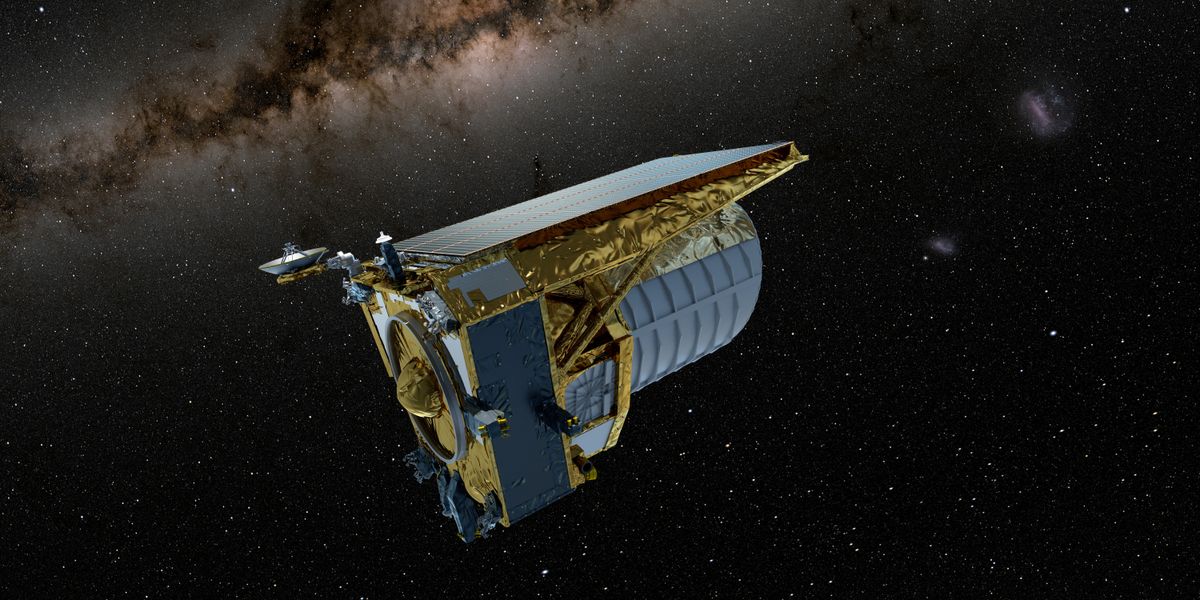Europe’s Euclid mission takes off to understand the dark universe
Have you ever heard of dark energy and dark matter? These subjects are often the source of sci-fi stories, but they’re an actual thing and also a big mystery to real-life scientists.

A few minutes every morning is all you need.
Stay up to date on the world's Headlines and Human Stories. It's fun, it's factual, it's fluff-free.
Have you ever heard of dark energy and dark matter? These subjects are often the source of sci-fi stories, but they’re an actual thing and also a big mystery to real-life scientists.
Right now, they estimate that we’re only familiar with 5% of the stuff that makes up the universe. Based on existing theories about the physics of the universe, about 95% of it must be invisible – and the two components that make up this unseen part are dark energy and dark matter.
Dark matter is somewhat more well-known to scientists – at least, they’re pretty sure it’s a thing. Galaxies wouldn’t be able to come together or hold together the way they have and gravity wouldn’t work with just visible matter. Dark energy is a little more vague and trickier to figure out, but it’s believed to play a role in how the universe is expanding.
The European Space Agency has been working on a new space telescope to help scientists map out dark energy and matter like never before. The Euclid telescope headed off of planet Earth over the weekend aboard a SpaceX Falcon 9 rocket from Florida’s Cape Canaveral Space Force Station.
"It was so glorious to see it go up,” said Hampshire professor Adam Amara, who’s the brains behind the satellite. “Imagine a World Cup when a big goal happens in the final – it was that ... but for nerds."
The telescope aims to create the largest and most accurate 3D map of the universe by checking out billions of galaxies that stretch 10 billion light-years away. So, unlike other telescopes like the James Webb, it will be looking at vast swaths of the universe rather than concentrating on one specific area. Euclid’s space maps will show how dark matter is distributed in space-time based on how it changes the light coming from galaxies behind it, a process known as weak gravitational lensing. Scientists are hoping that these measurements will help them figure out what dark matter actually is.
This mission is also being used to test Einstein’s theories on general relativity. If the theory works differently across cosmological scales, it could be related to dark energy’s nature. Currently, scientists are working with the idea that dark energy is a constant force, but it could be that it actually changes, which would really turn what we know about fundamental physics upside down.
“If we find out this is not a constant, but something that changes in time, then it would be revolutionary,” said Xavier Dupac, an ESA cosmologist on the Euclid mission. If this were the case, what we thought we knew about fundamental physics would be disproven. This could also mean developing new ideas for the fate of the universe.




Comments ()